Spatial UX for Mixed Reality: Designing Beyond the Screen
As technology moves beyond flat displays, Spatial User Experience (Spatial UX) has become the foundation of designing for Mixed Reality (MR). Unlike traditional UX, where interactions are limited to 2D screens, Spatial UX brings digital elements into the user’s physical world—enabling natural, immersive, and context-aware experiences.
In MR, Spatial UX isn’t just about usability—it’s about seamlessly blending the digital with the physical. Designers must consider depth, scale, ergonomics, and environmental context to create intuitive interactions that feel natural in 3D space. From holographic interfaces to spatial gestures, the challenge is to design experiences that align with human perception and movement.
Key aspects of Spatial UX in MR include:
-
Contextual Awareness: Designing interfaces that adapt to the user’s surroundings.
-
Natural Interactions: Incorporating gestures, gaze, and voice commands for intuitive control.
-
Spatial Anchoring: Placing digital elements meaningfully within real environments.
-
Accessibility & Comfort: Ensuring designs reduce motion sickness, eye strain, and cognitive overload.
Ultimately, Spatial UX is about creating digital experiences that feel like a natural extension of reality, shaping how we learn, work, and play in the immersive future.
Frequently Asked Questions (FAQs)
Q1. What is Spatial UX in Mixed Reality?
Spatial UX refers to the design of user experiences in 3D environments where digital and physical worlds merge. It focuses on intuitive, spatially aware interactions instead of flat-screen interfaces.
Q2. How is Spatial UX different from traditional UX?
Traditional UX is screen-based (2D), while Spatial UX considers depth, space, physical movement, and environmental context to design more immersive interactions.
Q3. Why is Spatial UX important in MR?
Without well-designed Spatial UX, MR experiences can feel clunky, overwhelming, or unnatural. Proper design ensures comfort, usability, and engagement in immersive environments.
Q4. What skills are needed to design Spatial UX?
Designers should understand 3D design, human ergonomics, interaction design, and psychology of perception, along with tools like Unity, Unreal Engine, or MR prototyping platforms.
Q5. What industries benefit most from Spatial UX in MR?
Healthcare (surgical simulations), education (immersive learning), architecture (3D modeling), manufacturing (training), and entertainment (gaming, media) are leading adopters.













 2025. All rights reserved
2025. All rights reserved